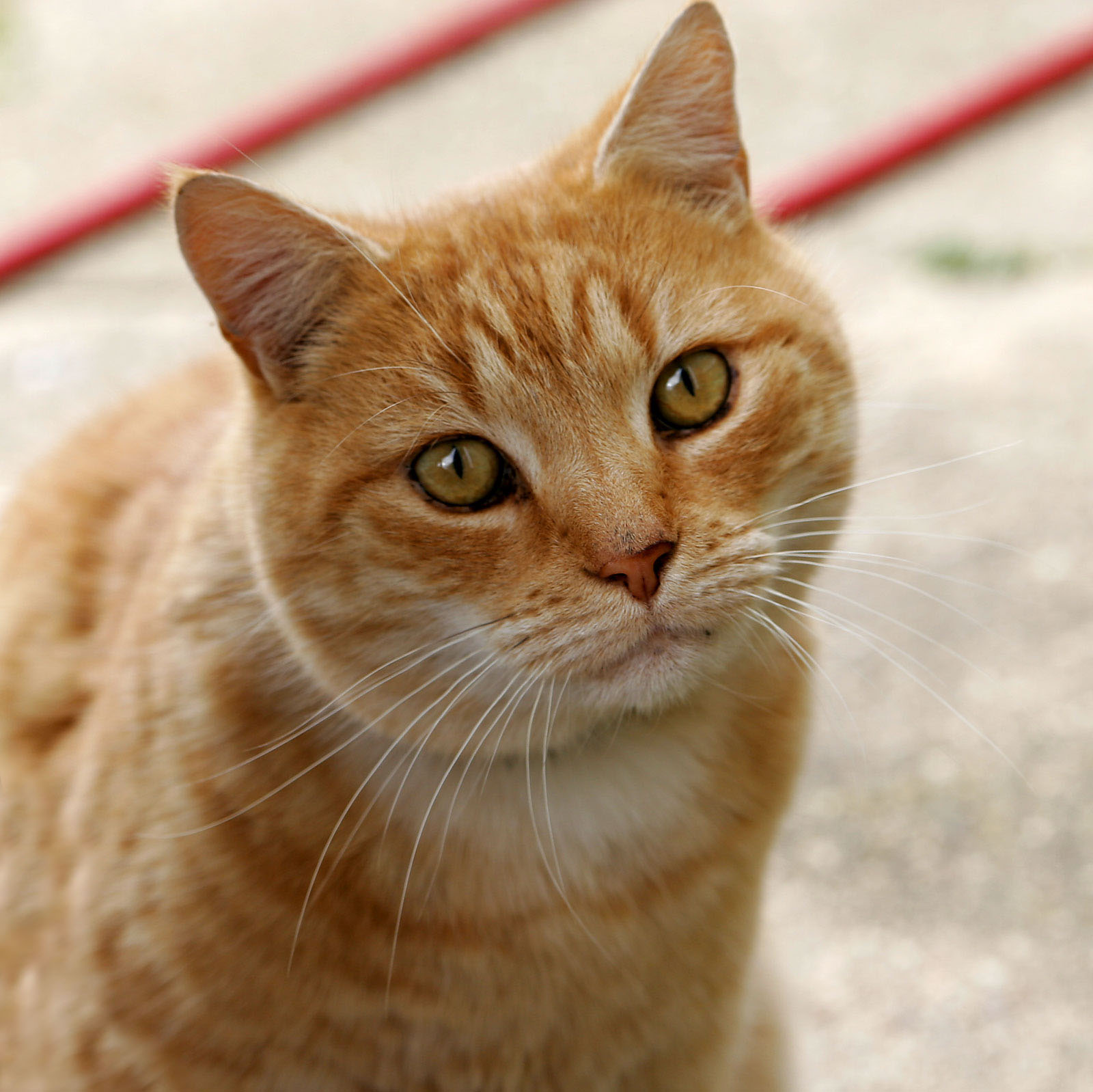Image File Extension with pros and cons all you need to know
Image Extensions are
basically mean to systematically storing digital images. there are large number
of image file type and it would be up hill to decide which image format is more
accurate or suitable. Any type of the graphic which you see on your screens or
online is an image file.
There are different
variety of image format and each format is designed for specific purpose. that
is really important to use the correct image format means your design which
show the picture accurate as you preconceived. if you choose the wrong format
so definitely you will receive poor image or bad effect of web can takes time
while downloading or there can be a chance that the graphics which you used is
invisible on screen. so it is really important to use the correct image format
there are alot of image format some of them are following:
- JPEG
- GIF
- PNG
- RAW
- TIFF
JPEG
Abbreviation: Joint Photo Graphic Expert Group
JPEG is most
widely used image file format. JPEG file format is mostly used in digital
cameras and web pages because it audaciously compressed the image or data to be
very smaller in the file. JPEG image format is use when the the small file size
is more important than maximum quality of image.
JPEG also contains the
data about the data such as that depicts the content of the file like color
space, color profile, image dimension information. by using JPEG file format on
computer it opens any program in computer that supports image.
JPEG file are basically
lossy which means that much of the information is lost from the original
picture when you once save it in a JPEG file format.the color of JPEG image is
not as sharp as original image.
Pros and Cons of JPEG
pros:
- it allows 24 bit colors upto 24 million colors.
- it allows rich and bright color
- its best quality is that it is compatible with most of
the operating systems.
Cons
- it doesn't allows the animations.
- it can't allows the transparency.
- it relinquishes a lot of data.

GIF
Abbreviation: Graphic
Interchange Format
GIF is a image
file extension which allows the animated graphic file. GIF is the second most
widely used file extension after JPEG. GIF compresses images in two ways first
of all it minimize the number of colors into the rich colors thus minimizing
the numbers of bits per pixel than, seconly GIF image format replace the
multiple occurring pattern so rather than storing five time of any color it
stores only once.
the algorithm which is
use by GIF is LZW compression algorithm which is owned by the unisys. GIF image
format is suitable for the graphics, diagram representation, cartoonist
representation to design logos. when GIF image is loaded in the browser it
sounds bit blurry and not clear colors but as soon as the data loaded the image
becomes clearer.
pros and cons of GIF image Format
pros
- its amazing extension for image having limited colors
and allows the flat region of the colors.
- this extension is considered as ideal for the small
animations.
- it is considered as the best for for the icons that
represent with the small colors.
- it contains 256 colors in it.
Cons
- it is considered as the one of the oldest image format.
- it contain the bigger file size as compared to the PNG image format

PNG
Abbreviation: Portable Network Graphic
it is considered as the
one of the latest image file extension which was publicly launched in
1996.
it is significantly
designed for the web. the eye catch factor of portable network graphics is that
it uses 24 bit RGB color image which, is use in the icons, logos, flat area.
one of the more quality about PNG which attracts the people is its
transparency.
The aim on the basis of
PNG was introduced is that it aimed to replace the GIF image file format that
doesn't involves the patent licence. with the addition of 24 bit RGB image
format it allows the grey scale image format as well, it doesn't supports CMYK
clolor space and it never uses in print graphics.
Pros
- PNG file format allows the massive color, PNG 8 allows
the 256 colors and PNG 24 allows the 16.7 million colors.
- it allows the transparency which is much better than
GIF image file format.
- its format is suitable for the intermediate version
storage. the best thing is when you again safe the image the quality
remain the same
Cons
- it doesn't supports the animations.
- it cannot stores multiple image in a single file.
- its not flexible with every web browser
RAW
Raw image file format is
use to store the disk or the volume image. its the one of the latest
image format. which persists uncompressed and it contains the unprocessed and
primitive data from the picture sensor of either its a digital image or the
scanner one. which shows that the camera which only captures the picture knows
the information collected from the sensor.
Pros
- when camera is set on shoot on Raw format the image you
get is highest quality of image.
- shooting in Raw image allows the freedom to user in
later productions to amend the mistake that have been formed in regarding
to anything from the white balance, light effect or any other
exposure.
- the best thing is that it allows the sharpness and
reduction in the noise as everyone knows that light effect or light image
filter ruins the image effect.
Cons
- To use Raw image file format can be time consuming
because user is capturing the picture from the sensor than JPEG .
- It deals with the more perplexed workflow for the
processing.
- it allows the slow capture time and more space
consuming.

TIFF
TIFF is the one of the
most latest image file extension which wad developed by the Aldus in 2009 it
was specially designed for the desktop publishing. TIFF is most popular among
the common users as it is gaining recognition in the graphics designing
publishing and the photographic trade. The TIFF image format it compatible to
use with software the deals with the layouts, publishing and manipulation of
images.
it is proficient for the
recording halftone of image data with the contrasting pixel intensities which,
makes it perfect format for the graphics, processing and allows the
printing.
Pros
- it is one of the adjustable format it allows several
type of compression like JPEG, LZW or the zip format.
- it can be save with the layers.
- it allows high quality image format with the all
colors.
- TIFF files can't be compressed. this means completely
data captured during scanning is saved.
Cons
- it contains very large size of the file
- take time during transfer of the file.
- It consume hard disk space
- very slow loading time




Comments
Post a Comment